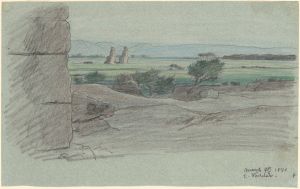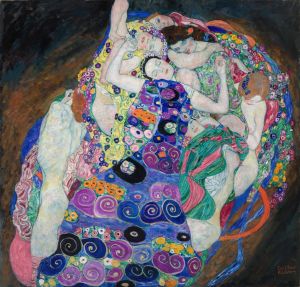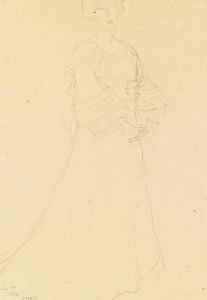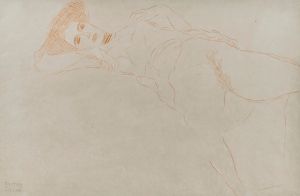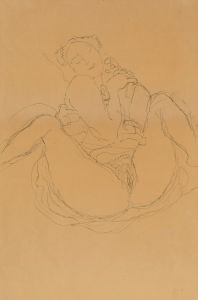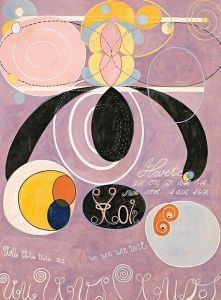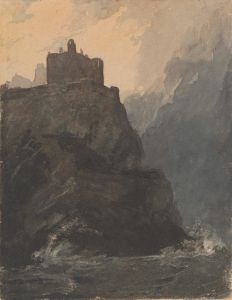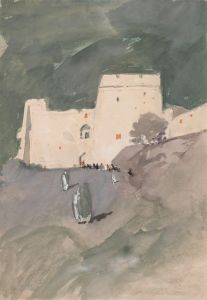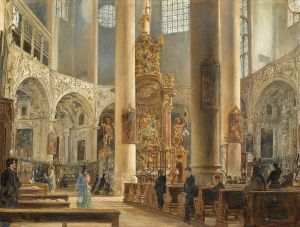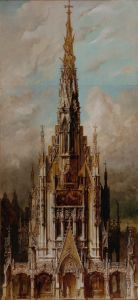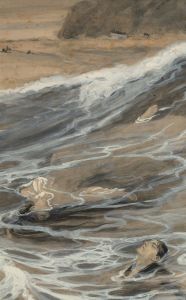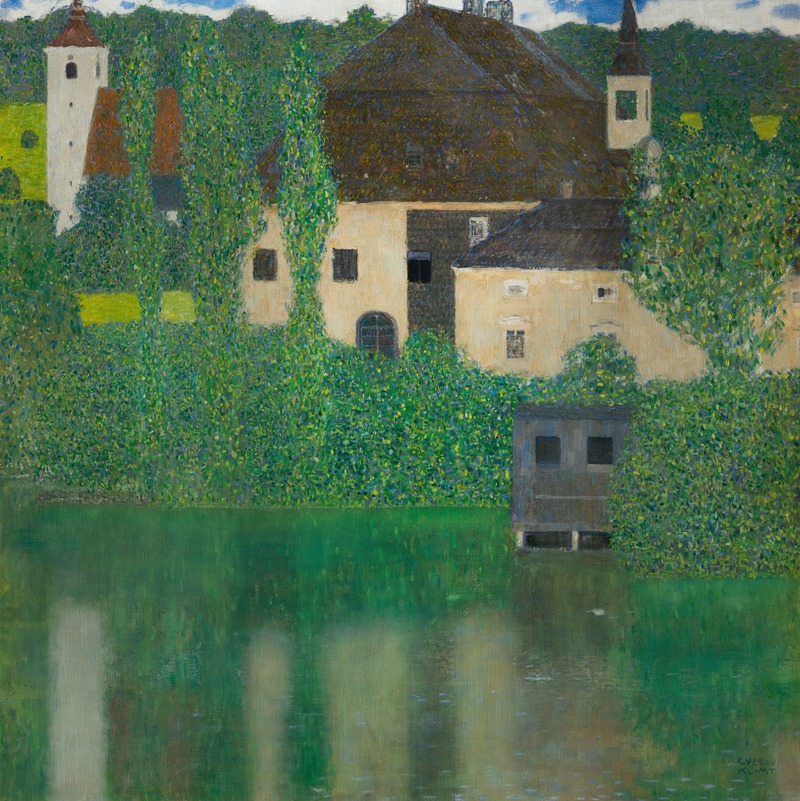
Water Castle
A hand-painted replica of Gustav Klimt’s masterpiece Water Castle, meticulously crafted by professional artists to capture the true essence of the original. Each piece is created with museum-quality canvas and rare mineral pigments, carefully painted by experienced artists with delicate brushstrokes and rich, layered colors to perfectly recreate the texture of the original artwork. Unlike machine-printed reproductions, this hand-painted version brings the painting to life, infused with the artist’s emotions and skill in every stroke. Whether for personal collection or home decoration, it instantly elevates the artistic atmosphere of any space.
"Water Castle" is a painting by the renowned Austrian symbolist painter Gustav Klimt. Klimt, born on July 14, 1862, in Baumgarten, Austria, is best known for his distinctive style that combines symbolic and allegorical themes with a highly decorative aesthetic. He was a prominent member of the Vienna Secession movement, which sought to break away from traditional academic art and promote modernist approaches.
"Water Castle" was created in 1908, during a period when Klimt was exploring landscapes more intensively. This painting is part of Klimt's lesser-known body of work that focuses on natural scenery, contrasting with his more famous portraits and allegorical compositions. Unlike his portraits, which often feature intricate patterns and gold leaf, Klimt's landscapes are characterized by their serene and contemplative qualities.
The painting depicts a tranquil scene of a castle reflected in the still waters of a lake or river. The composition is marked by its vertical orientation and the use of soft, muted colors that create a sense of calm and harmony. The castle itself is rendered with a degree of abstraction, blending into the surrounding environment and emphasizing the unity between the man-made structure and nature. This approach reflects Klimt's interest in the interplay between human creations and the natural world.
Klimt's technique in "Water Castle" involves the use of delicate brushstrokes and a subtle gradation of tones to capture the reflective quality of the water and the atmospheric effects of light. The painting's surface is smooth, with a meticulous attention to detail that is typical of Klimt's work. The overall effect is one of peacefulness and introspection, inviting the viewer to contemplate the beauty and tranquility of the scene.
"Water Castle" is part of a series of landscape paintings that Klimt produced during his summer retreats to the Attersee, a lake in the Salzkammergut region of Austria. These retreats provided Klimt with the opportunity to escape the pressures of urban life in Vienna and immerse himself in the natural beauty of the countryside. The landscapes he created during this time are notable for their meditative quality and their departure from the more ornate and symbolic elements of his earlier work.
Today, "Water Castle" is held in a private collection and is less frequently exhibited compared to Klimt's more famous works such as "The Kiss" or "Portrait of Adele Bloch-Bauer I." However, it remains an important example of Klimt's versatility as an artist and his ability to capture the essence of different subjects with equal skill and sensitivity.
In summary, "Water Castle" by Gustav Klimt is a serene and contemplative landscape painting that reflects the artist's interest in the natural world and his ability to convey a sense of tranquility through his meticulous technique and subtle use of color. It stands as a testament to Klimt's diverse artistic talents and his contribution to the development of modernist art in the early 20th century.





